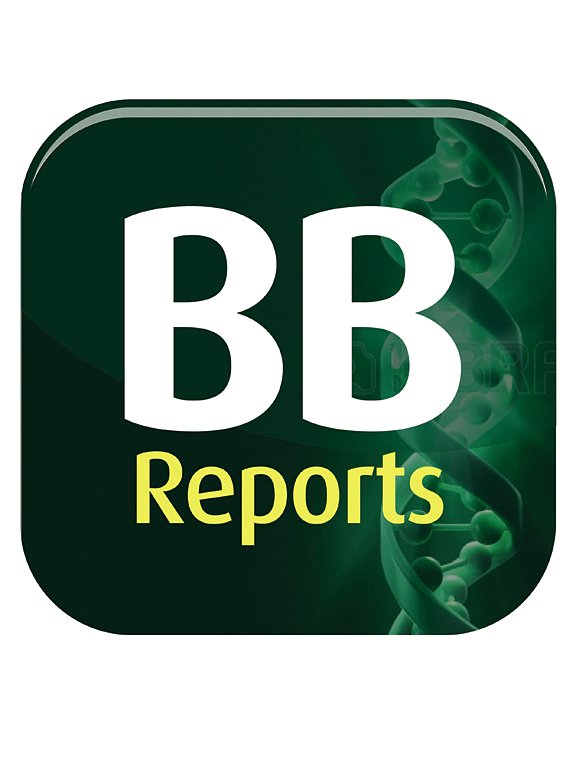Reduced expression of the serotonin transporter impacts mitochondria in a sexually dimorphic manner
IF 2.3
Q3 BIOCHEMISTRY & MOLECULAR BIOLOGY
引用次数: 0
Abstract
Neuropsychiatric and neurodevelopmental disorders are complex conditions that arise from a variety of interacting genetic and environmental factors. Among these factors, altered serotonergic signalling and mitochondrial dysfunction are strongly implicated, with a growing body of evidence to suggesting that serotonergic signalling is an important regulator of mitochondrial biogenesis. The serotonin transporter (SERT) functions to regulate synaptic 5-HT, and human allelic variants of the serotonin reuptake transporter-linked polymorphic region (5-HTTLPR) are associated with reduced SERT expression and increased susceptibility for developing neuropsychiatric disorders. Using the heterozygous (HET) variant of the SERT knockout rat to model reduced SERT expression, Western blotting was used to measure the abundance of TOMM20 and the complex I protein MT-CO1 as metrics for mitochondrial mass and abundance of respiratory complex IV. Mitochondrial activity was determined by dye reduction. We found sex-based and region-specific differences in mitochondrial mass and activity and that male and females show differing responses to reduced SERT expression. Our findings suggest that the sexually dimorphic differences in serotonergic signalling impact mitochondrial function and that these differences may be important for understanding sex differences in neuropsychiatric and neurodevelopmental disorders.

5 -羟色胺转运体的表达减少以两性二态的方式影响线粒体。
神经精神和神经发育障碍是由多种相互作用的遗传和环境因素引起的复杂疾病。在这些因素中,血清素能信号的改变和线粒体功能障碍密切相关,越来越多的证据表明血清素能信号是线粒体生物发生的重要调节因子。5-羟色胺转运体(SERT)调节突触5-羟色胺,人类5-羟色胺再摄取转运体相关多态性区域(5-HTTLPR)的等位变异与SERT表达减少和神经精神疾病易感性增加相关。使用SERT敲除大鼠的杂合(HET)变体来模拟SERT表达降低,使用Western blotting测量TOMM20和复合体I蛋白MT-CO1的丰度,作为线粒体质量和呼吸复合体IV丰度的指标。通过染料还原测定线粒体活性。我们发现基于性别和区域特异性的线粒体质量和活性差异,男性和女性对SERT表达减少的反应不同。我们的研究结果表明,血清素能信号的两性二态差异影响线粒体功能,这些差异可能对理解神经精神和神经发育障碍的性别差异很重要。
本文章由计算机程序翻译,如有差异,请以英文原文为准。
求助全文
约1分钟内获得全文
求助全文
来源期刊

Biochemistry and Biophysics Reports
Biochemistry, Genetics and Molecular Biology-Biophysics
CiteScore
4.60
自引率
0.00%
发文量
191
审稿时长
59 days
期刊介绍:
Open access, online only, peer-reviewed international journal in the Life Sciences, established in 2014 Biochemistry and Biophysics Reports (BB Reports) publishes original research in all aspects of Biochemistry, Biophysics and related areas like Molecular and Cell Biology. BB Reports welcomes solid though more preliminary, descriptive and small scale results if they have the potential to stimulate and/or contribute to future research, leading to new insights or hypothesis. Primary criteria for acceptance is that the work is original, scientifically and technically sound and provides valuable knowledge to life sciences research. We strongly believe all results deserve to be published and documented for the advancement of science. BB Reports specifically appreciates receiving reports on: Negative results, Replication studies, Reanalysis of previous datasets.
 求助内容:
求助内容: 应助结果提醒方式:
应助结果提醒方式:


